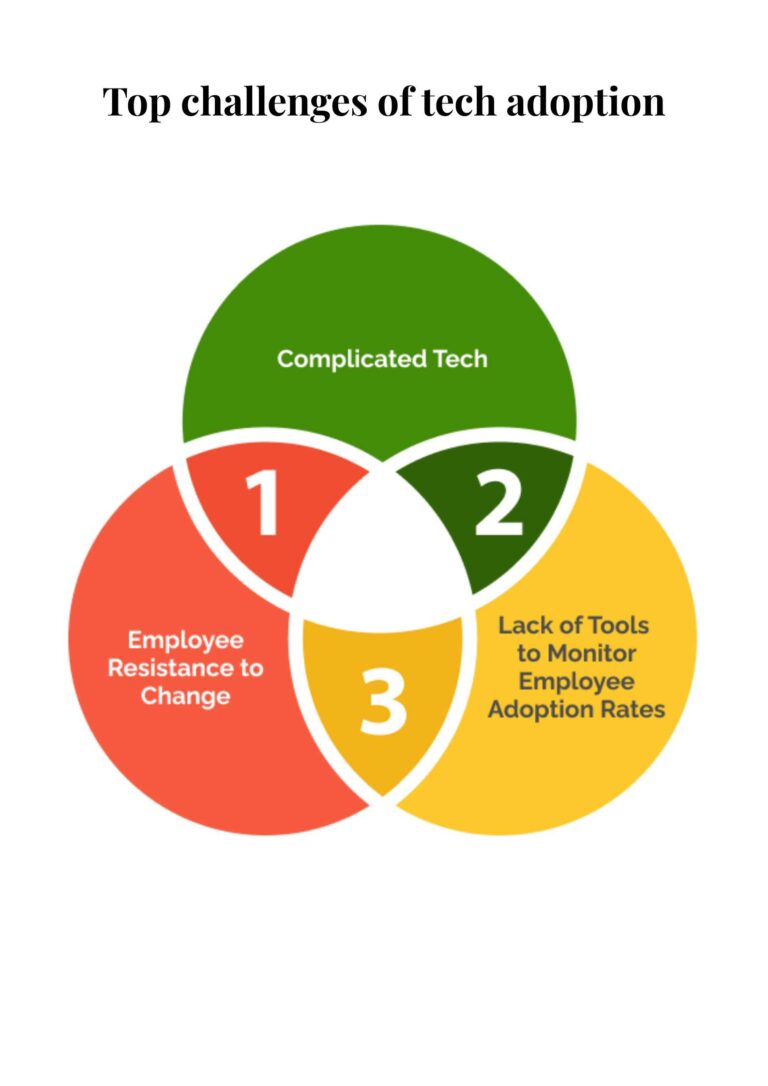@2021 invictIQ is a venture by Sprint Consultancy. All rights reserved. Privacy Policy.

Utilising Software in Social Care
by Mark Topps
I recently did a post about switching Rostering and Care Planning systems, which you can read here, but it got me thinking about digital transformation within the sector and the impact digital has on employees and those we support when we don’t have the right systems. This blog explores how care software is reshaping the sector, with a focus on compliance, workforce management, and stakeholder engagement.
Care planning systems
Digital care planning platforms are probably the most widely used software in the sector and have become central to delivering personalised care. They allow providers to document individual preferences, goals and outcomes in real time, ensuring that care is tailored and responsive.
These systems also support family engagement, although I don’t think this is as commonly used as I think it should be due to some of the negative outcomes for providers that this can bring but they enable relatives to view care updates, contribute to planning and stay informed about their loved one’s wellbeing.
Medication management
Whilst many have this function built into their care plan systems, there are a number of standalone models. Medication errors continue to be a major risk in social care, but digital medication systems have been proven to help towards mitigating them. These platforms (not all but some) track prescriptions, prompt timely administration and alert staff to potential interactions or missed doses. There are variances depending on the software, but some feature barcode scanning, automated stock control and trend analysis reports allowing managers to have better oversight. I do believe with the number of medication errors still reported to CQC this area is a focus for tech suppliers to strengthen and support the sector.
Electronic rostering
Electronic rostering systems probably come close second to care planning in terms of adoption within the sector and some of the newer tools on the market are revolutionising how we utilise our teams, reduce scheduling conflicts, improve shift fairness and maintain safe staffing levels. In the last few years we have seen many rostering tools integrate with payroll and HR systems, simplifying admin and reducing errors.
Auditing and compliance
Audit software like InvictIQ’s Audit on Cloud automates the collection and analysis of compliance data, making it easier for providers to monitor standards and respond to issues. Most have real-time dashboards, automated alerts and historical logs so that managers and providers can track everything and ensure nothing slips through the cracks.
Training & CPD
Training and CPD (Continuing Professional Development) platforms are vital for maintaining a competent and compliant workforce. With a growing focus on skilled workers, more codes of practice being passed in government, these systems track mandatory training, flag overdue modules and offer tailored learning paths based on roles and responsibilities. Some of these systems enable integration with audit systems, linking training gaps to incidents or inspection outcomes which can really help triangulate learning.
What happens when systems aren’t working?
Successful tech adoption hinges on listening to the people who use it daily. Frontline staff often identify inefficiencies that digital tools are supposed to be solving. For my organisation, we heard for the last couple of years from our people about their challenges with the systems we had in place. If I am honest, I knew we had lost people (especially in our planning team) due to the wrong systems and the feedback was too strong to ignore, and like everything digital, if teams don’t have systems that aid their work, they won’t use them, so as a company we set about change.
It’s not an easy path, procurement wasn’t straight forward and we did have to go back to our teams and reflect on what we were asking for and prioritise. In total, its taken over a year to finally procure and rollout a new system.
Staff feedback
Technology in social care is only as effective as the people using it. As I have alluded to above, staff feedback is not just helpful, it’s essential. Frontline staff are the closest to the day-to-day realities of care delivery. Their insights reveal where systems succeed, where they fall short and how they can be improved. The biggest lesson for me in the swapping of our systems, is the importance of actively involving our teams in the procurement, testing and refining of the software. We have seen higher adoption rates, happier teams and I truly believe it has shown staff that we value their feedback.
Aside from the above, one of the most powerful benefits of any electronic software is its ability to generate structured, reliable evidence for inspections. From care plans and medication logs to training records and audit trails, everything is timestamped, securely stored and easily available, helping you as a provider evidence the great care you are providing during an inspection.
MORE ARTICLES

Mark Topps is a social care leader who has worked in the care industry since 2004 and is currently working as a regional support manager. He regularly advocates, appearing on television, radio and podcasts and has started many campaigns for change in legislation and culture within the industry. Mark is the co-founder of The Caring View which is a social care podcast, YouTube show and free resource initiative for the sector. He also co-founded The Health and Social Care Club, which is an audio event hosted on LinkedIn. Mark is also the social media and marketing director at the National Association of Care and Support Workers.
Sign up for our newsletter

